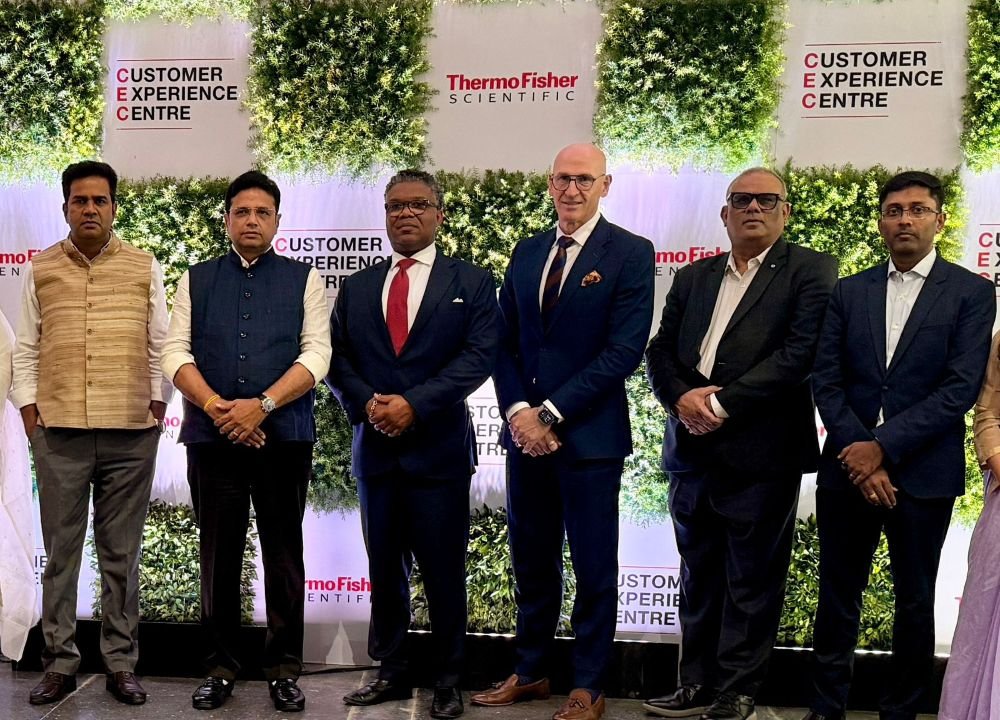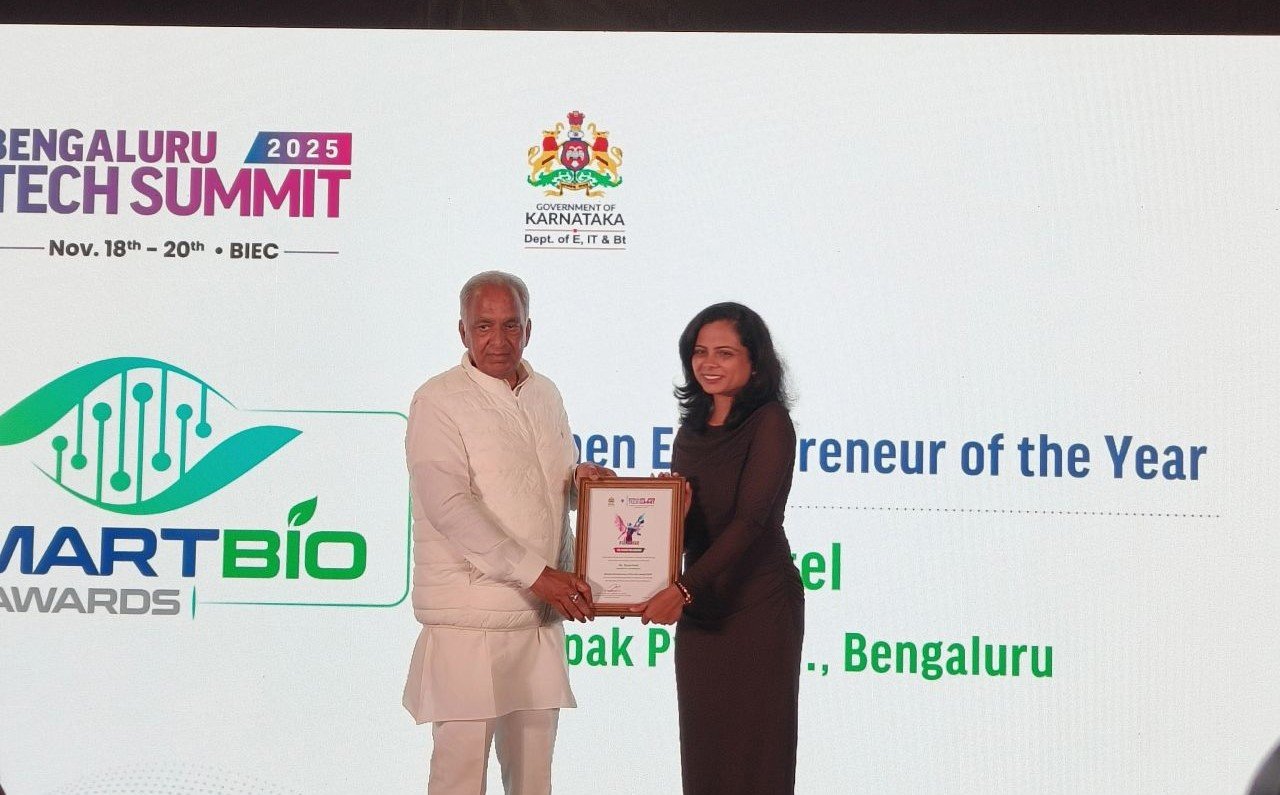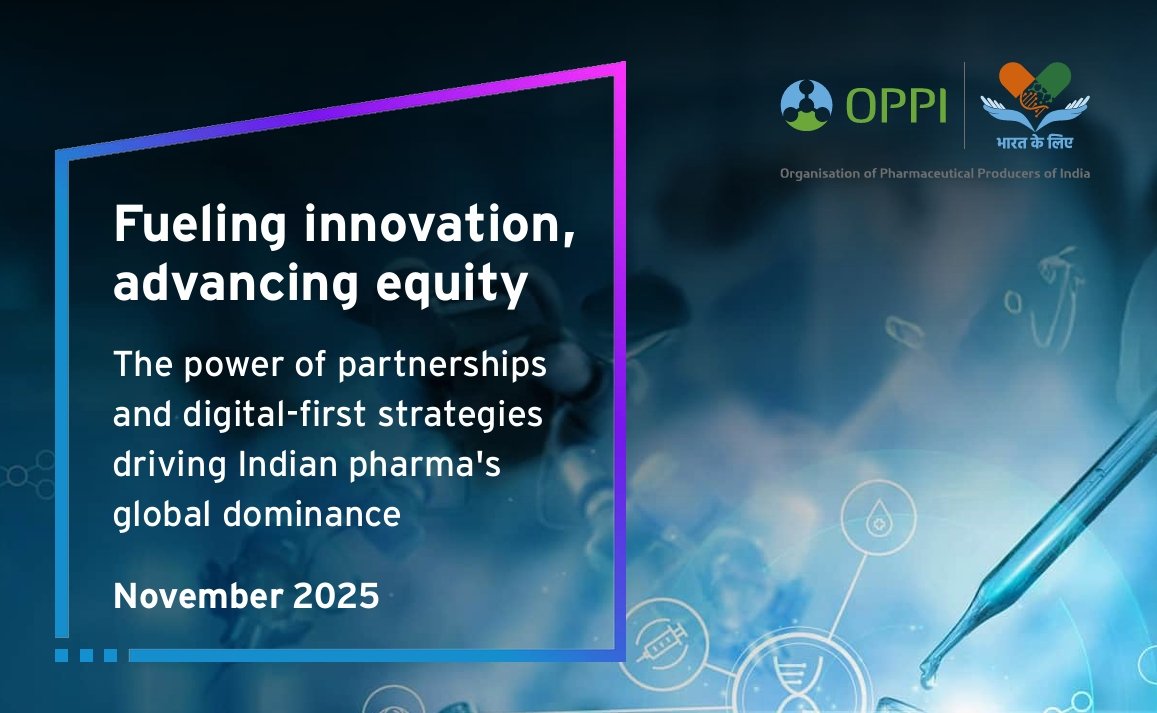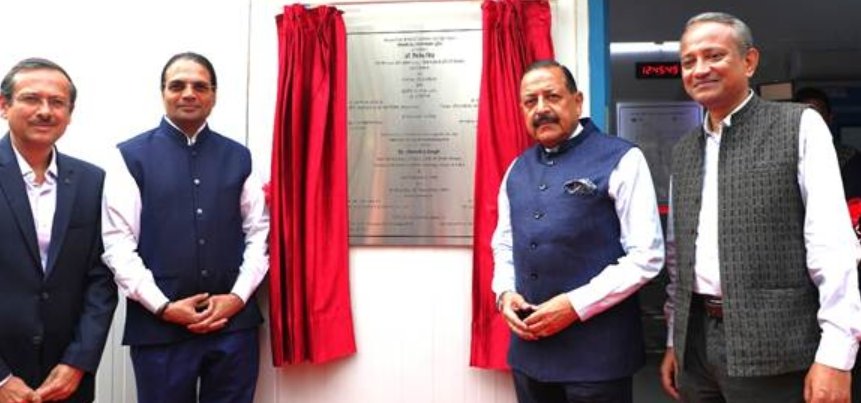Unleashing the power of Exosomes
September 07, 2015 | Monday | Features
Unleashing the power of Exosomes
Dr Aman Sharma, founder & director, ExoCan
While pursuing his PhD at National Centre for Cell Sciences (NCCS), Dr Aman Sharma (32) worked on brain tumors and his attention drew towards cancer patients who were in great physical, emotional and economical agony.
He then visited a cancer hospital in Western Rajasthan and found that the lab was not researching enough on patients with cancer.
That visit sparked a fiery flame within Dr Sharma, who then decided to pursue translational research, and ended up receiving the Biotechnology Ignition Grant (BIG) worth Rs 49 lakh from BIRAC (Biotechnology Industry Research Assistance Council) in 2015 to set up his own start-up venture - ExoCan.
ExoCan is involved in developing unique Oncotechnology platforms for applications in cancer diagnosis, imaging and chemotherapy. It aims to develop technologies at lower costs with greater accessibility and clinically manage cancers for better survival outcomes.
As a plan of action, Dr Sharma secured seed funding and developed the proof-of-concept with active association with R&D institutions in India and abroad, and has so far signed MoUs with two national level research institutions.
Contradictorily, ExoCan faced minimal initial challenges while setting up. "BIRAC's seed funding helped us to face the initial stages, and we were incubated at Pune's Venture Centre. However, the investors we interacted with showed minimal understanding of the healthcare R&D, and it looked like they were never going to take significant risks for disruptive technologies which we are trying to develop," voices Dr Sharma.
The company has also applied for 3-4 other government grants which are in the pipeline. It has also been shortlisted for two other grants for the next set of rounds.
ExoCan, in the next 18 months, aims to come up with its R&D product which will enter clinics after the necessary regulatory approvals.
In the next 4-5 years, Dr Sharma tells that, the company would be a pioneer in developing disruptive Oncotechnologies.
Once it has developed 3-4 products, it intends to expand to Europe and the US.
It is now targeting a revenue of Rs 5-10 crore in the next 2-3 years.
Dr Sharma feels that the Government can invest more in innovation and technology with a focus on private companies.
"Primarily, the Government should create a department in the Ministry which can nurture young entrepreneurs under one roof and form a channel to facilitate the start-up journey," he suggests.
He also predicts that there is going to be a dire need for innovations in the oncology sector in next 10 years.
"It might be possible that cancers would no longer be killing lives as they currently do. Moreover, the oncology industry would be driven, not by big pharmas, but by small or medium level and value-based entities," opines Dr Sharma, who is a fan of geek Nikola Tesla.
He also says that sectors like Agri-biotech and Nanomedicine as promising areas where new start-ups can venture into. He sees Pune as the next biggest hub for the country's biotech start-ups, and advices that joining an incubator is far better while erecting a start-up.
Being in Life Sciences, Dr Sharma points there is a total lack of understanding by capitalists about R&D happenings in start-ups.
"VCs want rapid capital recovery, wherein the Life Sciences sector requires longer incubation periods, but with greater returns. The environment of VC-funded Life Science start-up is not ready in India," he adds.
Comparing the Western with Indian start-up culture, Dr Sharma says, "In healthcare, Western countries are funding more industry-related R&Ds than academic-oriented research. Also, in the West, many publicly-funded institutions are self-sustainable through the generation of patents, service models, and industry tie-ups. However, in India, majority of the R&D money goes to the publicly-funded R&D establishments, which are not producing on par products and IPs even after decades of their establishments. Thus, there should be more money influx into private sector which is driven by innovation."
The entrepreneur's hobbies include meditation, cooking, new age music, poetry and visiting the Himalayas.
To those aspiring entrepreneurs, he adds, "Follow your passions. The only thing which matters is passion for the problem and the perseverance to solve it. This is the reason why we have more grass-root innovations happening in villages in India."
At a Glance:Entrepreneurial Lessons Learnt:
 Saying 'no' to investors if the money is not worth the time and efforts
 Protecting IPs aggressively
 Building up ties with niche experts
 Being assertive and strongly defending agenda
Target Entities:
 Cancer hospitals
 Cancer patients
 Pathology labs
 Publicly funded R&D institutions
 Oncology companies
Visibility Strategy:
 Attending conferences, meetings & start-up events
 Engaging with print media
 Writing new grants
 Publishing research articles.
Unusual Funding Methods:
 Self-capital
 Approaching relatives
Entrepreneurial Mistakes to Avoid:
 A weak team
 No vision
 Accepting money from any resources
 Not securing IPs at the earliest
Top Start-up Myths:
 The belief it can't happen in India
 Lower survival rates
 Difficult to innovate
 Start-up acquisition by bigger players
 Prolonged product timeline
Three Start-up Phases:
 Seeding - Requires Government money and avoids VCs pressure ensuring more focus
 Growing - Requires efficient manufacturing units on rented or loaned basis, having dedicated marketing chains only for Life Sciences sector, and soft loans from the Government and investors
 Maturation - Sustainability through monetizing IPs, licensing out only by the company, efficient tech transfer units at zonal level by the Government, and setting up platforms for budding start-ups in showcasing to the outer world
ExoCan's Products:
 The portable aspect of the lung cancer device allows faster (~30 minutes to 1 hour) detection, diagnosis and therapy response monitoring in a single test. The device reduces time, cost, and travel for patients, and allows more number of patients to be tested by doctors. This increases efficiency in cancer hospitals in spite of low doctor-to-patient ratio. It also reduces multiple rounds of expensive scanning and pathology reports generation, thereby cutting down on treatment cost and time.
 Early cancer screening cum diagnosis kit allows faster cancer screenings and testing for masses at minimal pathology lab settings with rapid result generation. This cost-effective pan cancer diagnosis method allows molecular bioprinting of the cancer(s) in one single test and, therefore saves on cost, time and travel for patients.
 The targeted chemotherapy platform allows painless, side effects-free delivery of chemotherapy to patients and thus, reduces physical, mental, and emotional pain for families and patients. For doctors, it allows the usage of multiple drugs in combination to the effective management of cancer.










